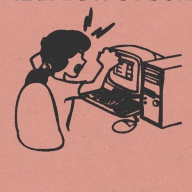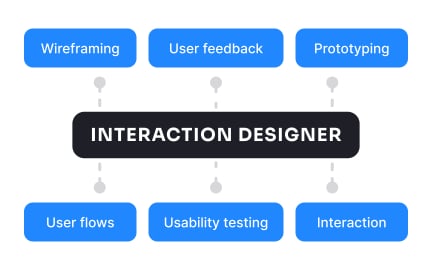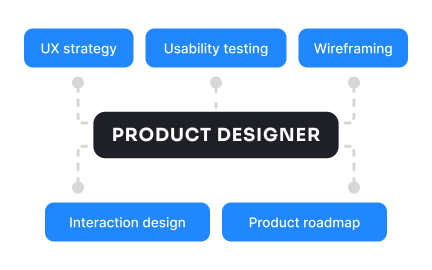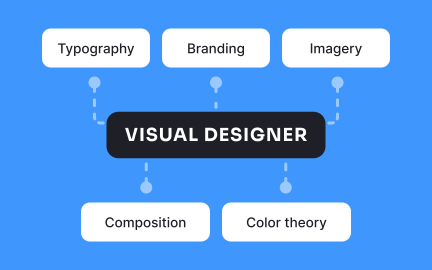Product designer
A product designer shapes the overall user experience of a product by blending research and strategy to create solutions that meet both user and business needs.
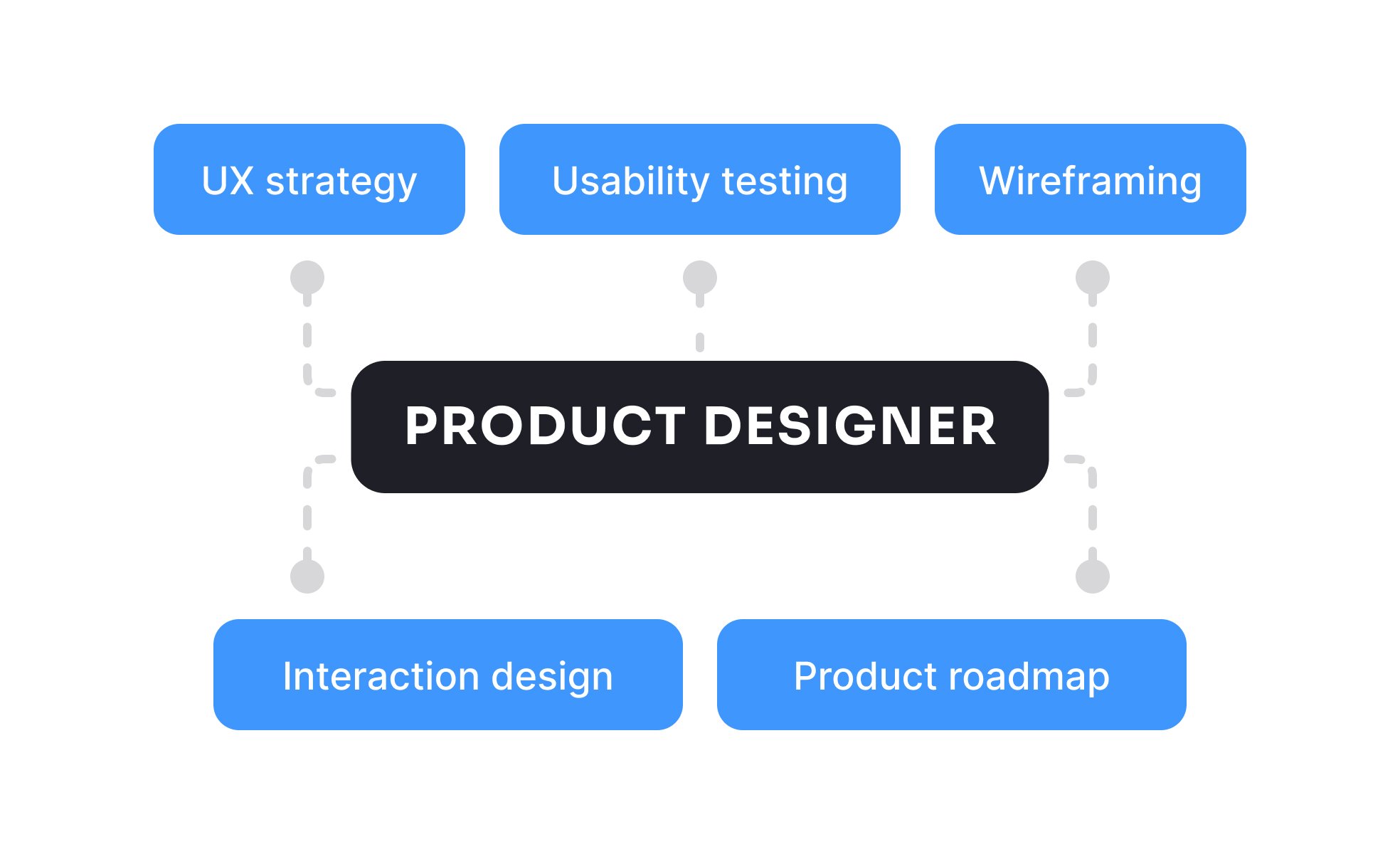
TL;DR
- Designs user experiences and product solutions.
- Balances usability with business goals.
- Involves research, prototyping, and testing.
- Bridges design, engineering, and product strategy.
Definition
A product designer is a multidisciplinary professional responsible for researching, designing, and refining products that balance user needs, technical feasibility, and business objectives.
Detailed Overview
Product designers wear many hats in modern organizations. They combine visual design, interaction design, research, and strategy to create user experiences that are intuitive, functional, and aligned with business goals. Unlike specialized roles that focus only on interfaces or visuals, Product Designers look holistically at the product experience.
A frequent question is how product designers differ from UX or UI designers. UX designers focus on user research and flow, UI designers on visuals and interfaces, while product designers blend these with product thinking. They often own the end-to-end process, from research and wireframing to prototyping and handoff to development.
Another common query is about collaboration. Product designers work closely with product managers and engineers, ensuring designs are technically feasible and strategically aligned. They also interact with stakeholders to validate assumptions and incorporate feedback into design decisions.
Product designers rely heavily on prototyping and testing. Rapid iterations let them evaluate solutions before development, saving time and resources. Usability testing and feedback sessions provide data-driven insights, ensuring designs resonate with users.
The scope of a product designer often extends beyond interfaces. They consider information architecture, accessibility, and design systems, ensuring consistency across products. This makes them central to shaping not just individual features but the entire product experience.
Finally, product designers must balance creativity with practicality. They aim to create engaging and innovative designs but must also respect technical limitations, timelines, and budgets. Their role is as much about problem-solving as it is about aesthetics.
Learn more about this in the Product Designer Exercise, taken from the Common Design Roles Lesson, a part of the UX Design Foundations Course.
Product designers oversee the full process, blending UX, UI, and product strategy. UX designers focus primarily on user flows and usability testing, while product designers also consider business goals and development constraints.
This holistic approach ensures alignment across design, business, and technology.
Product designers need strong skills in research, prototyping, visual design, and communication. They must also understand product strategy and collaborate effectively with cross-functional teams.
This mix of skills positions them to make design decisions that balance user value with business outcomes.
Prototyping allows product designers to test solutions quickly before development. Low-fidelity sketches test ideas, while high-fidelity prototypes validate visual and functional aspects.
Iterative testing ensures products evolve in response to user feedback.
Yes. Product designers contribute insights from research and usability testing that influence product direction. By understanding user needs, they help shape priorities and identify opportunities for growth.
Their role bridges design execution and strategic decision-making.
They use design systems and guidelines to maintain visual and functional cohesion across features. This ensures users have predictable, reliable experiences regardless of where they interact with the product.
Consistency reduces learning curves and strengthens brand identity.
Recommended resources
Courses

Product Discovery

Product Analytics

UX Design Foundations
Lessons

Devices & Screen Sizes

Common Designer Roles

Analytics Strategy & Planning
Tutorials

Using ChatGPT as an assistant to support the design of complex UXUI products

How To Celebrate Failures With Your UX Team

How To Write User Stories That Actually Get Built
Projects

Media portal for the bank
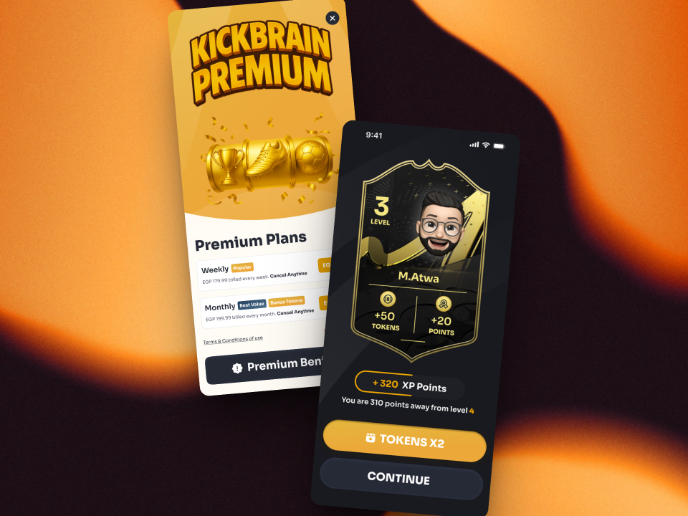
Redesigning KickBrain: Trivia Mobile Game

